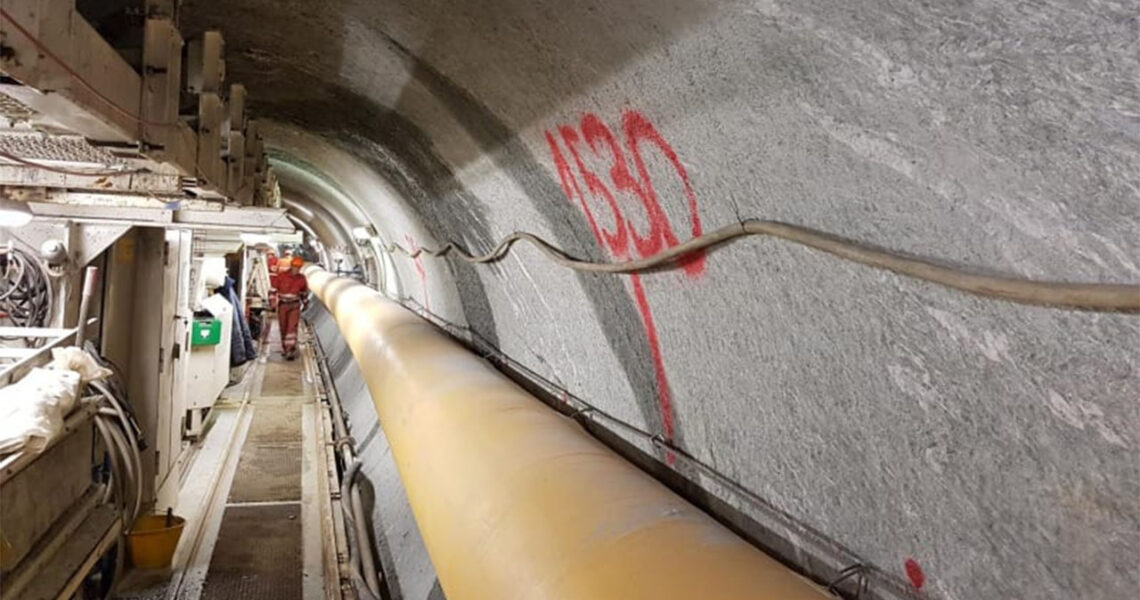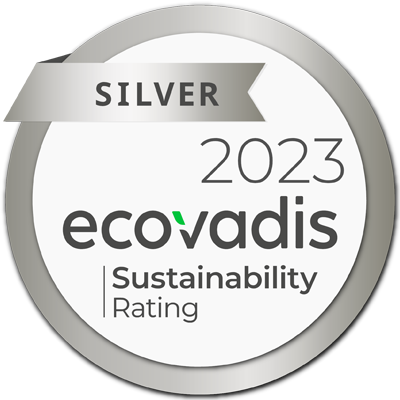- Project name: Hydro Electric Power Station
- Location: Aosta Valley, Italy
- Company/client: Idroelettrica Arvier Srl
Tratos and Idroelettrica Arvier Srl cooperation
Tratos has supplied 150kV High Voltage (HV) cable for a hydroelectric power station in the Aosta Valley, Italy, through its partner Idroelettrica Arvier srl, which is part of the Electric Utilities Industry. There are 3 companies in the Idroelettrica Arvier srl corporate family.
The estimated cost for construction of this power plant was about 18 million euros and the 2.5MW power plant is located amongst the tributaries of Dora Baltea. It is one of several power stations already in operation in the region. Ninety nine percent of electricity produced in the Aosta Valley is from renewable hydroelectric sources.
The project consists of an important construction in the region and includes a unique gallery which itself is architecturally challenging. There are specific environmental protection needs in the project too including low visual impact pipelines which will blend into their surrounding environment.
The power station was fully operational in 2018.
Hydro power
Hydropower became an electricity source in the late 19th century, a few decades after British-American engineer James Francis developed the first modern water turbine. In 1882, the world’s first hydroelectric power plant began operating in the United States along the Fox River in Appleton, Wisconsin. Today, hydropower provides about 16 percent of the world’s electricity.
A typical hydroelectric plant is a system with three parts: a power plant where the electricity is produced, a dam that can be opened or closed to control water flow, and a reservoir where water is stored. The water behind the dam flows through an intake and pushes against blades in a turbine, causing them to turn. The turbine spins a generator to produce electricity.
Once a dam has been built and the equipment installed, the energy source—flowing water—is free. It’s a clean fuel source renewed by snow and rainfall. Hydropower plants can supply large amounts of electricity, and they are relatively easy to adjust for demand by controlling the flow of water through the turbines.
The amount of electricity that can be generated depends on how far the water drops and how much water moves through the system. The electricity can be transported through long-distance electric lines to homes, factories, and businesses.
Region “Valle d’Aosta”, Italy
Aosta Valley is the smallest region in Italy; in its northwest, it is located between France and Switzerland. At its core are its majestic peaks (the region is, after all, mostly mountainous). Here we can find the highest peaks in the Alps: Cervino, Monte Rosa, Gran Paradiso and the king of them all, Mont Blanc, which at 15,781 feet is the highest mountain in Europe, the roof of the old Continent.
The territory of Aosta Valley is 3263 km2 and is mainly mountainous. The average height is around 2106 meters above sea level, varying from 310 m to the border with Piemonte to 4810 m of Mont Blanc mountain. The particular territorial conformation determines a low use of the soil: less than 10% of the soil is exploited for human settlers and farming, the remaining part of it being covered by rocky and glacial surface or forests.
The province of Aosta counts 74 cities: 1 more than 5000 inhabitants; 14 from 2000 to 5000 inhabitants; 59 less than 2000 inhabitants.
Tratos is very pleased to contribute toward achieving Goal 7 of the UN Global Goals to ensure access to affordable, reliable, sustainable and modern energy for all, Goal 9: Industry, Innovation and Infrastructure, Goal 13: Climate Action, GOAL 3: Good Health and Well-being, Goal 14: Life Below Water, and Goal 11: Sustainable Cities and Communities.










